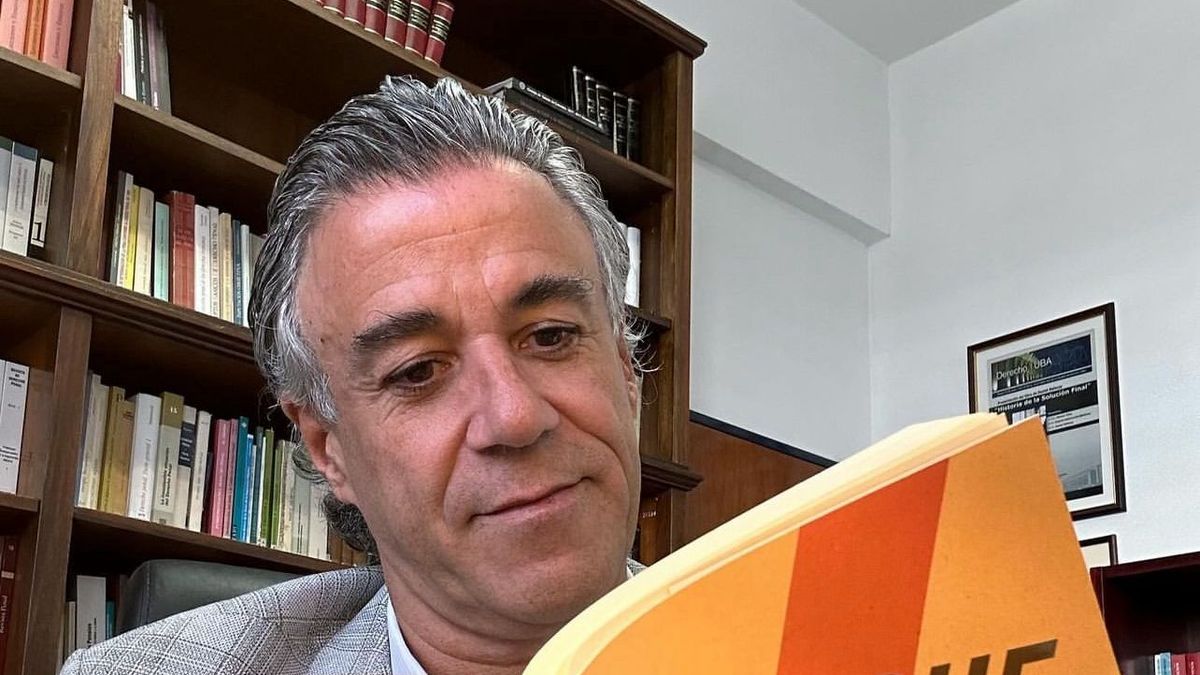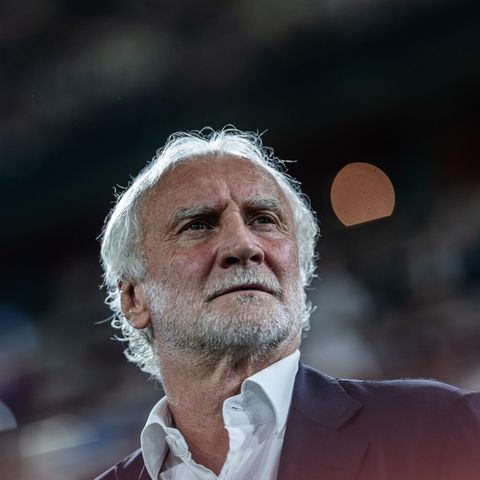A shooting over the exchange of drugs for four million dollars leaves seven dead; a judge, who has just taken office, must investigate the case, starting point from the police film “Pinche” (Planet) by Daniel Rafecas. First novel by the well-known criminal judge and professor at the UBA. We dialogue with him.
Journalist: With your thriller “Pinche”, did you seek to introduce the narconovela into Argentine literature?
DR: I have never been to Mexico, it is fiction. I draw nourishment from what I have read, I have seen in series and movies, I have spoken with colleagues. The novel has nothing to do with reality. On the other hand, the situation in Argentina is not at all similar to that of Mexico; What’s more, in that sense I make one of the Mexican protagonists say, when he is ordered to go to Argentina, that it was the first time he had heard Argentina mentioned linked to Mexican drug trafficking; For him, Buenos Aires was synonymous with tango and soccer, but he had never felt that it was linked to the drug trafficking business.
Q: Why did you choose that a judge had to face the investigation of a massacre?
D.R.: Judge Fabiana Pazair serves to show me how difficult it is for female colleagues to make their way in the judicial career. It is a kind of tribute to those colleagues who strive to achieve positions as magistrates, as is this case. The story of “Pinche” begins when Dr. Pazair is taking over as a federal judge after a long competition, and from the first day she will have to prove all her experience, her profession, to move forward with the Villa confrontation case. Farga, a fact that triggers all the events of the novel.
Q.: Did you plan that at a certain moment Guillermo, an employee who is called Pinche, would steal the judge’s attention?
DR: Pinche is generally called the lowest-ranking employee in the structure of the Federal Court, he is “the pinche.” In the development of the story I tried to get away from the predictable. I chose characters that in principle are expected to be merely peripheral: an administrative employee of a court, like Pinche, or a bodyguard for a drug cartel, like the Mexican Milo, and little by little they will become protagonists. Both have history, motivations, moral dilemmas, and each has its own outcome. That gives intrigue, tension and interest to the novel.
Q.: Did the famous case of the “General Rodríguez Triple Crime” where there were drugs – ephedrine – and murders serve as inspiration for “Pinche”?
DR: In reality, what was truly the starting point for the construction of the plot was an event that I suppose is also related to the Triple Crime, which is that, in 2010, in Argentina there were still no restrictions on importing pseudoephedrine, which later became in a fundamental input to manufacture methamphetamines in Mexico. When that became evident and massive in Argentina. From one day to the next, this import was prohibited. This generated many problems with suppliers, with promises of the substance, with advance payments and deliveries that could not be fulfilled. That change must have had something to do with that crime. I used that real event for the massacre that begins the novel when two police officers are going to report it to the judge.
Q: Why does a dream help resolve the fate of millions of dollars?
DR: An interesting resource that I read in novels and saw in movies, and in my personal experience. Once or twice in a dream I resolved a question that I couldn’t find a solution to in waking life.
Q: How did you decide to have Borges help solve the case?
D.R.: It’s a kind of tribute. I didn’t want to stop winking at the reader. I took advantage of the inexhaustible heritage of resources and contributions that Borges has made to literature, and to encourage some readers to approach Borges’ work, especially young people who can read the book.
Q: Did you want it to be like an action and suspense film?
DR: I wanted to make a captivating novel that doesn’t let go of the reader. I dispensed with issues that may be boring, such as judicial proceedings. I wanted it to be as agile as possible, short chapters, to reach the reader of detective novels, and the youngest readers. Many have told me that it could be a movie or a series.
Q.: What prompted you to move from your previous, investigative, documented, theoretical book on the “History of the Final Solution” to a police fiction?
DR: I like to write. When I have some ideas I try to put them on paper. “Pinche” arose from conversations with my brother, Diego, who was a filmmaker. I was working on “Pinche” for more than ten years, that gave precision to the story and the characters. I got to know them until they started living alone. I looked for a story that was choral, interweaving four characters. I made Pinche central from the second half of the novel, and around him three strong, important characters began to unfold: the Mole, Milo, the Judge.
Q: Do you have any idea of writing another novel?
DR: At the end of “Pinche” I left the door open for a second part.
DR.: Yes, Pinche has also proven to be very alert, in the most Buenos Aires sense of that epithet, to the point that they offer him a job.
Q: Will it have to do with one of the many high-profile cases that you worked on as a judge?
DR: No, it is a story completely unrelated to my role, it takes place in the south. They have no relationship with the cases that I have had and continue to have over these twenty years.
Source: Ambito
I am an author and journalist who has worked in the entertainment industry for over a decade. I currently work as a news editor at a major news website, and my focus is on covering the latest trends in entertainment. I also write occasional pieces for other outlets, and have authored two books about the entertainment industry.




